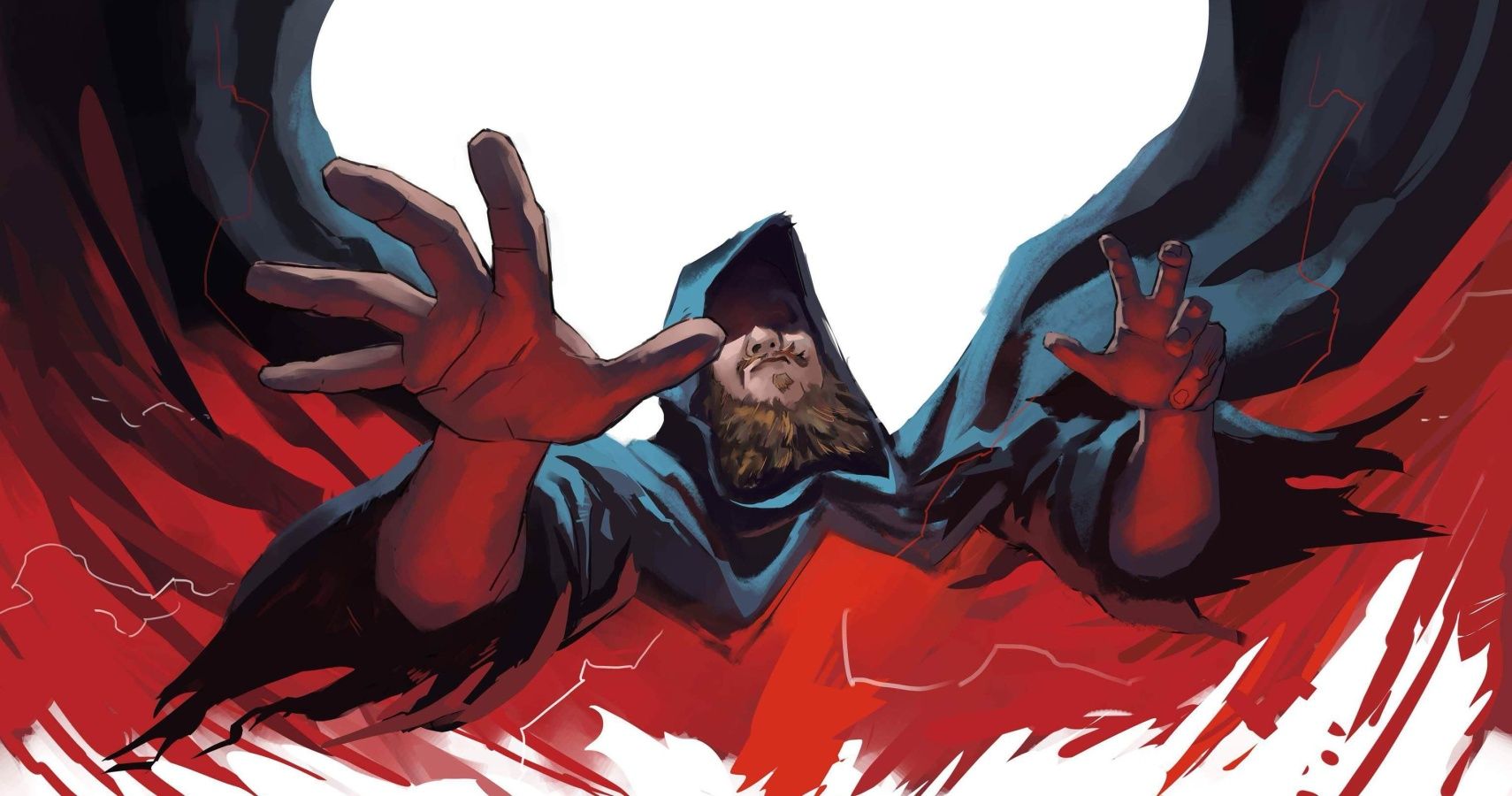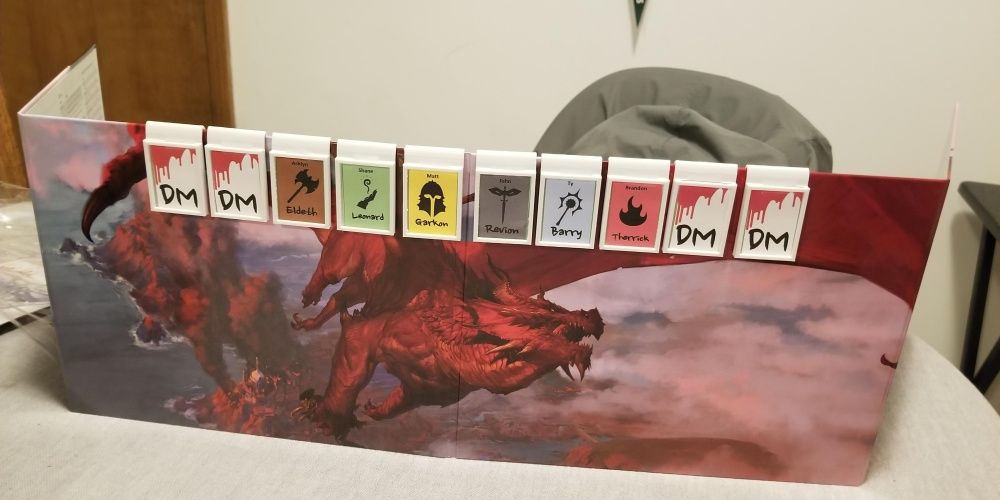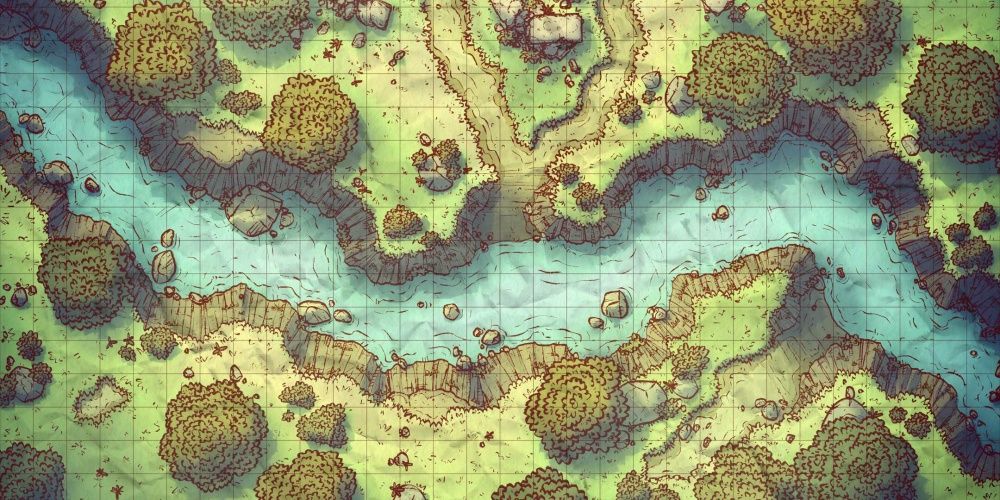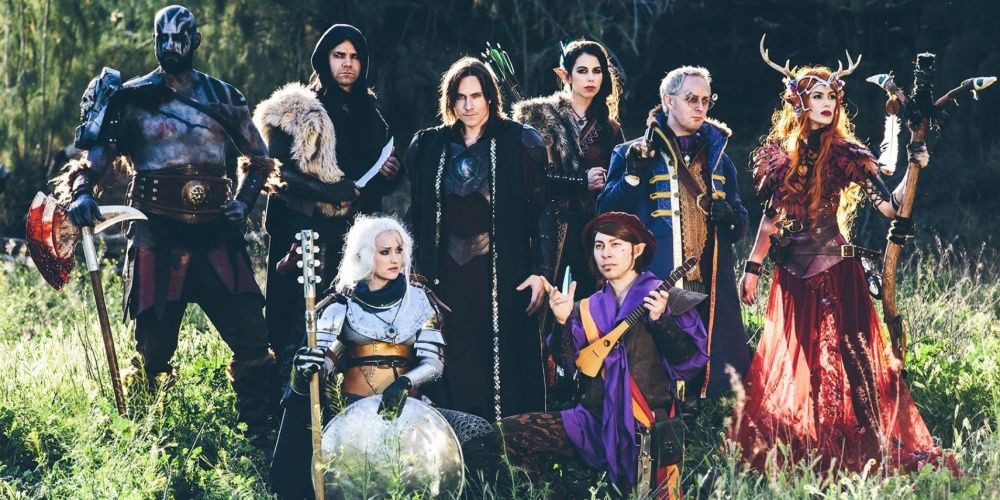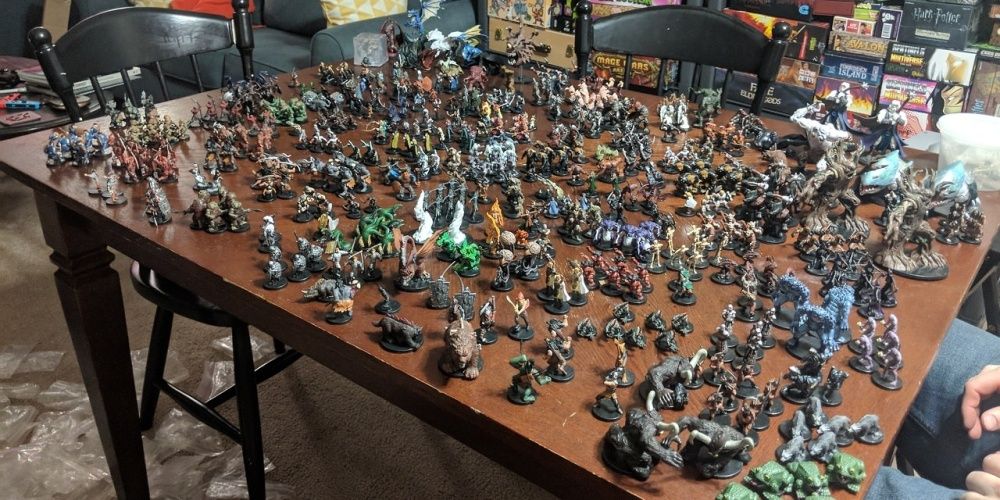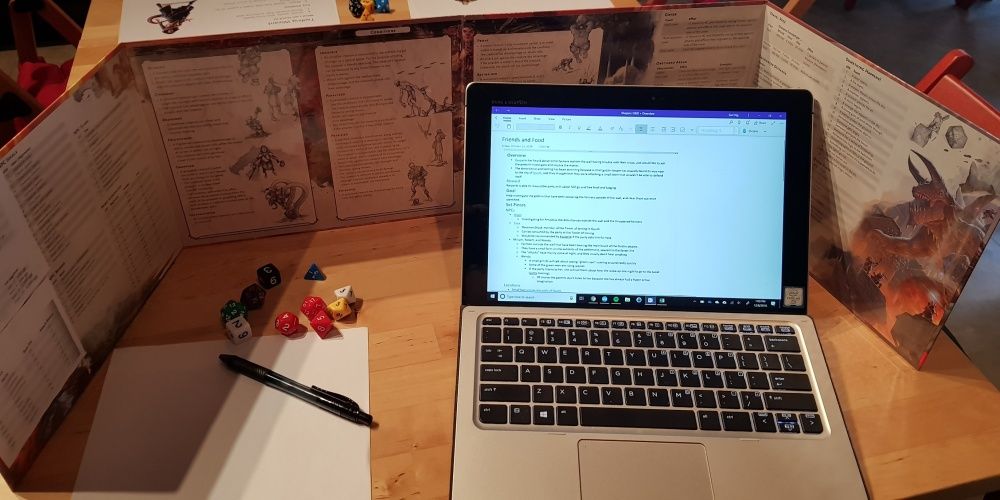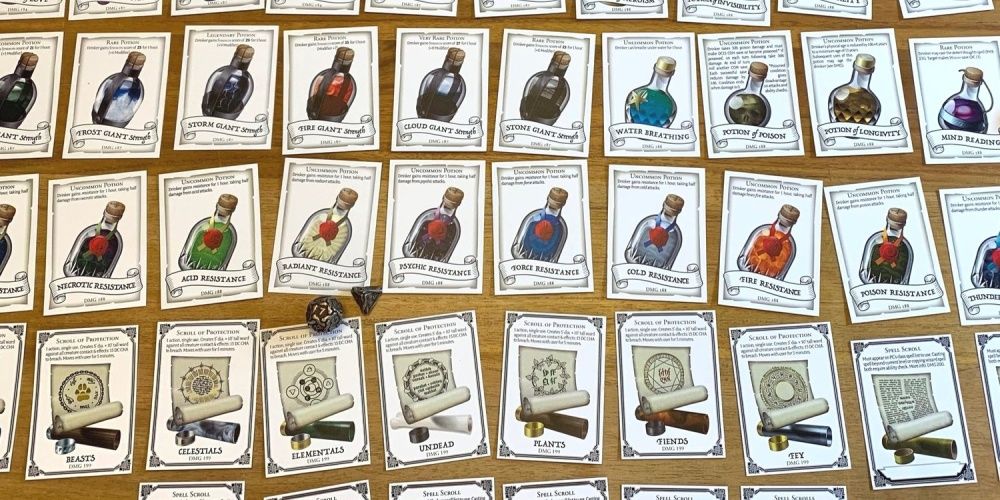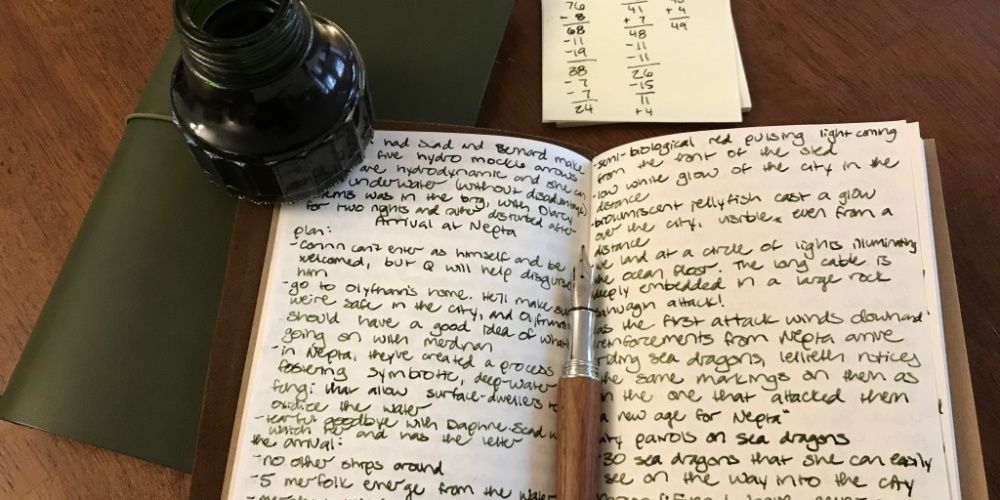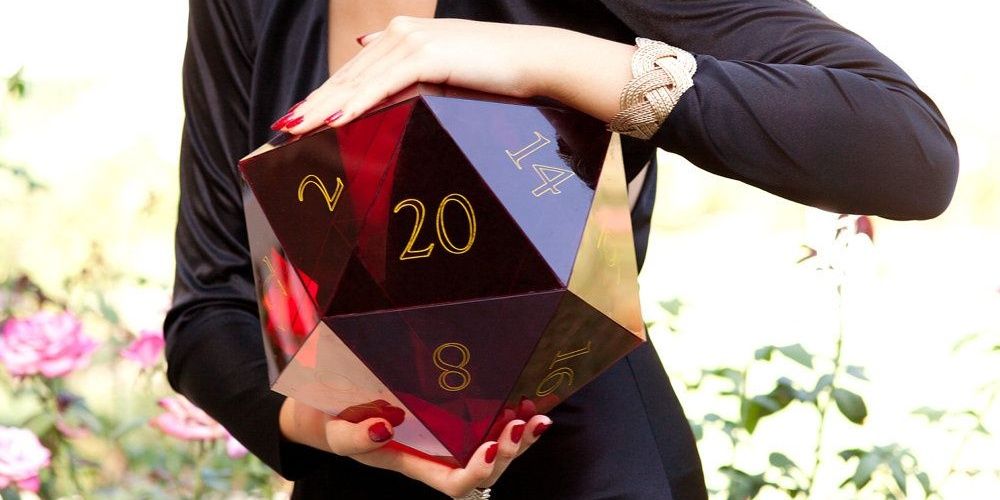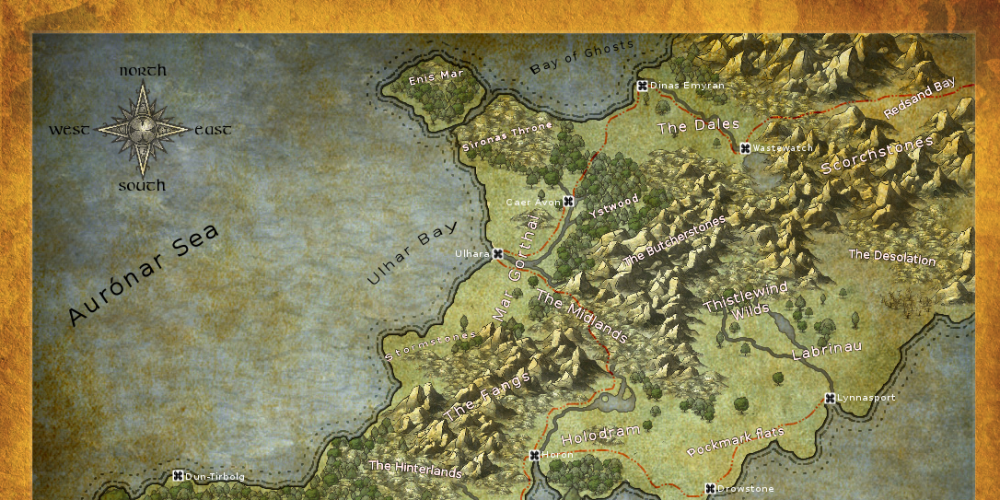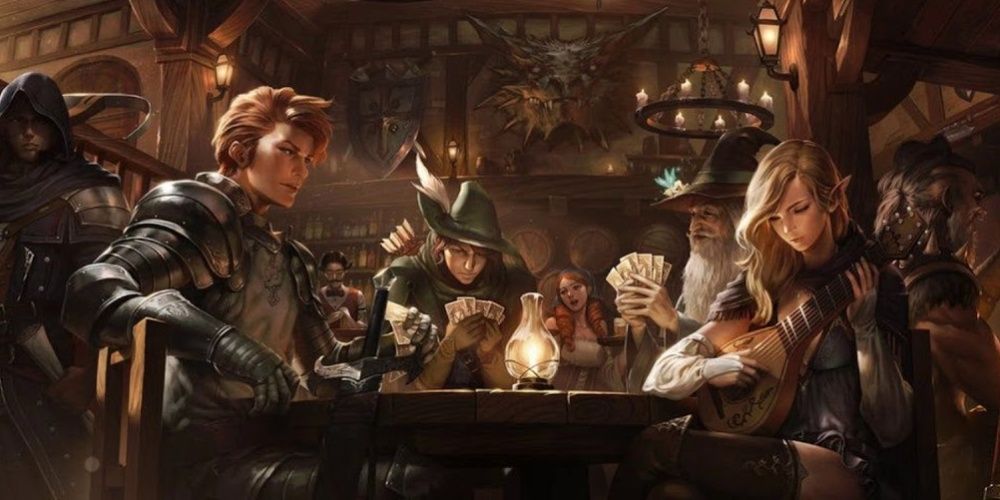What's going on behind that screen? It's a question that every player is bound to wonder when sitting down for their first game of Dungeons and Dragons. That being said, the modern era of the game has seen many dungeon masters question the usefulness of the DM screen, among other DM tools. Renowned dungeon master and game designer Chris Perkins has run live games where he abandons a screen altogether.
Every DM's table is his or her own playground, and you should only use whatever tools you find helpful. Here's 10 that we've found have a huge impact on our games, whether by making a confusing mechanic straightforward or inspiring the imagination of our beloved players.
10 Initiative Tracker
Historically, the dungeon master keeps track of initiative behind his screen. When it's a player's turn to act, the DM notifies them and they take their turn. An initiative tracker makes this entire process transparent by displaying the initiative order for all players to see. Beyond the added transparency, initiative tracker's also give players the opportunity to help the dungeon master keep track of turn order. It's easy to make a mistake about whose turn it is next when you're running a game, but, using this tool, you won't have to worry about it ever again. For an easy, in-house solution, fold 3x5 index cards in half, write player and NPC names on them, and order the cards according to initiative on top of your DM screen.
9 Battle Maps
Theater of the mind combat is perfect for quick, impromptu battles. But when planning part of your session around a climactic encounter, a battle map brings the game to a whole 'nother level. Providing players and npcs with dynamic ways to use their movement makes combat much more exciting.
Battle maps also give you the opportunity to include difficult and dangerous terrain to the combat scene. Add a pool of lava, puddles of tar, a mountain slide, or a deadly fall to the battle. It gives players and npcs alike combat options one hundred times more interesting than the trusty attack action.
8 In-game Props
Are you planning on your players receiving a plea for help from the baron of a nearby township? Then why not draft an actual letter, put it into an envelope, address it to the party, and give it to them while roleplaying a courier NPC. It's the little details like this that not only make your players feel like they've stepped into a fantasy world, but also let them know how much you appreciate them and their passion for the game. Dungeons and Dragons wouldn't exist without a healthy community of players. Do something special for yours.
7 Miniatures
Speaking of little details that make players feel like they've stepped into a fantasy world. Appropriate miniatures are one of the best ways to communicate the grotesque, crude, and imaginative features of the monsters in your game. The only problem is that miniatures are often very expensive, especially when investing in one for every monster your players face. Instead of crippling your bank account, buy miniatures for a few choice encounters. Ideally, they are creatures that you enjoy throwing into your games. That way, you can look forward to using the minis again sometime soon.
6 Laptop Or Tablet
Don't get us wrong. Having the physical copies of the Monster Manual, Dungeon Master's Guide, and Player's Handbook on hand is a necessity for any game. But it wouldn't be a proper game of Dungeons and Dragons without an obscure rules question or two.
If you're the type that needs to get to the bottom of these mysteries before continuing with the adventure, a quick google search can go a long way. A phone can be used to the same effect, but any dungeon master on his phone in the middle of a game is setting a bad precedent.
5 Magic Item Cards
Why is it that adventurers put their lives at risk? For glory? For gold? For fame? In our experience, some just do it for the magic items. Creating physical cards, or purchasing them online, and giving them to players when they uncover a magic item makes the experience that much more memorable. When you catch a player absent-mindedly fingering a magic item card, you know you've given them something that they love. Do your magic items the justice they deserve by giving them a physical existence in our material plane.
4 Session Notes
Over the course of a game of Dungeons and Dragons, a lot of things happen. More often than not, many of those things you would've never expected to go down despite having written up the game beforehand. The unwritten and unplanned actions, conversations, and developments might be the ones that your players remember the most. As a result, a good DM is going to keep track of them. Whether it's a notecard, an online document, or the open spaces on your printed campaign notes, keep track of the session somewhere, and you'll have more to worth with when you sit down to right the next game.
3 Inspiration Dice
Players and DMs alike have dice that they consider special. We've all seen it. Players angrily tossing a once trusted die into dice jail. DMs taking an extra moment to find the perfect d20 for a decisive open roll. Our love for our dice manifests in a menagerie of indelible actions.
If you're using the inspiration house rule, it only makes sense to have dice for the special occasion. Make it something noticeable if possible. Some examples we've seen include golden, oversized, or metal dice.
2 World Maps
As a dungeon master, you dream up an entire world full of quirky characters, unforgettable sights, and haunting monsters. It would be a shame for that world to not be drawn out for all to see. Giving your players a world map is one of the quickest ways to make your game live and breathe on its own. It allows them the freedom to choose where they want to go next, and provides you with an endless list of places and people to foreshadow in the games to come. Drawing a world map is no small feat, but it's one well worth the effort.
1 Music Mood Playlists
Music is an expression of emotions. The adventures your players go on and the experiences they face will undoubtedly feature moments of fear, heroism, happiness, sadness, and every other emotion under the sun. Creating a playlist for each of these moods is the easiest way to drive them home. You might not use a sorrowful playlist for a long, long time. But when a player character's luck finally runs out, the entire table will be moved by the sounds of sadness. Fueled by their memories of a friend that's now forever lost. Then again, there's always resurrection.

